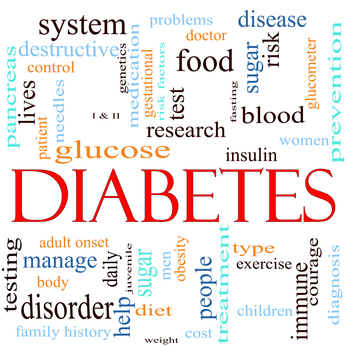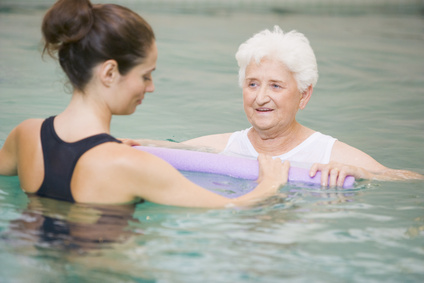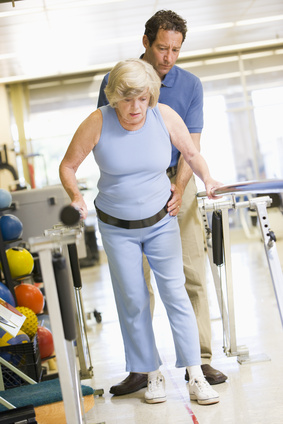Medical Fitness Network Partners with Sudden Cardiac Arrest Foundation
Sudden Cardiac Arrest Foundation (SCAF), whose mission is to raise awareness about prevention and treatment of sudden cardiac arrest, including post-resuscitation care has announced its partnership with the Medical Fitness Network (MFN), an online health and fitness referral network.



 What we know is that medical check ups using the best testing methods available must be combined with successful lifestyle improvement. We know the formula. “Although people with a family history of heart disease are at higher risk, you can take steps to dramatically reduce your risk. Create an action plan to keep your heart healthy by tackling these to-dos: get active; control cholesterol; eat better; manage blood pressure; maintain a healthy weight; control blood sugar; and stop smoking.” —
What we know is that medical check ups using the best testing methods available must be combined with successful lifestyle improvement. We know the formula. “Although people with a family history of heart disease are at higher risk, you can take steps to dramatically reduce your risk. Create an action plan to keep your heart healthy by tackling these to-dos: get active; control cholesterol; eat better; manage blood pressure; maintain a healthy weight; control blood sugar; and stop smoking.” — Here are some suggestions for the behavioral side of preventing that potential heart attack.
Here are some suggestions for the behavioral side of preventing that potential heart attack. Wellness and health coaches need to know about this information as they help their clients explore their way forward towards a wellness way of living. Coaches need to insist that any client they are working with on health issues be under active medical care. Lifestyle improvement is no substitute for medical treatment. Taking on the more behaviorally demanding protocols of lifestyle improvement that Ornish and Esselstyn require may be incredibly easier and more effective with an active alliance with a wellness coach.
Wellness and health coaches need to know about this information as they help their clients explore their way forward towards a wellness way of living. Coaches need to insist that any client they are working with on health issues be under active medical care. Lifestyle improvement is no substitute for medical treatment. Taking on the more behaviorally demanding protocols of lifestyle improvement that Ornish and Esselstyn require may be incredibly easier and more effective with an active alliance with a wellness coach.


 impairments. They are trained in all aspects of anatomy and physiology related to normal function, with an emphasis on movement. They assess the patient’s strength, endurance, range of motion, gait abnormalities and sensory deficits to design individualized rehabilitation programs aimed at regaining control over motor functions.
impairments. They are trained in all aspects of anatomy and physiology related to normal function, with an emphasis on movement. They assess the patient’s strength, endurance, range of motion, gait abnormalities and sensory deficits to design individualized rehabilitation programs aimed at regaining control over motor functions. People with minor motor system disorders to severe disorders will find that physical therapy can help with the rigidity, slow movement patterns, postural instability, impaired balance and coordination that seem to evolve along with this disease. The physical therapist will evaluate for Functional Gait Testing, Functional Reach Testing, Timed Get Up and Go Test, Bed mobility screening and orthopedic evaluations for mobility and strength.
People with minor motor system disorders to severe disorders will find that physical therapy can help with the rigidity, slow movement patterns, postural instability, impaired balance and coordination that seem to evolve along with this disease. The physical therapist will evaluate for Functional Gait Testing, Functional Reach Testing, Timed Get Up and Go Test, Bed mobility screening and orthopedic evaluations for mobility and strength.